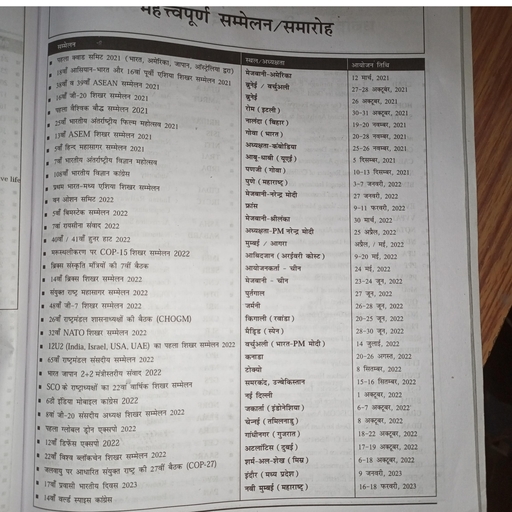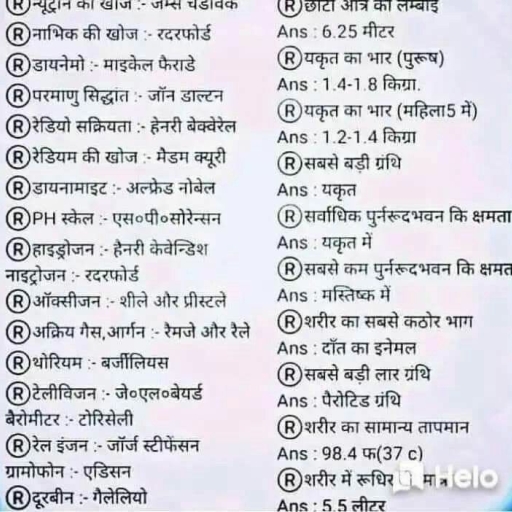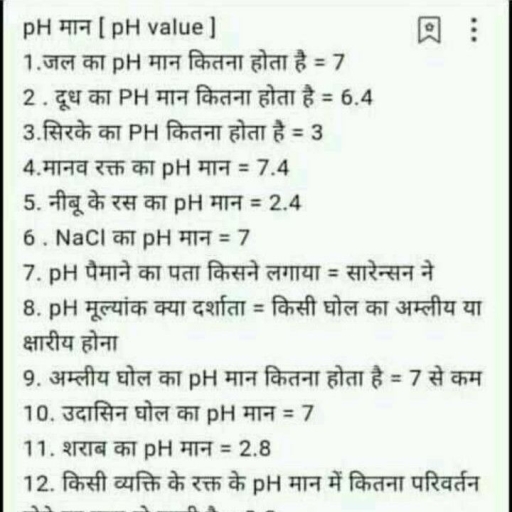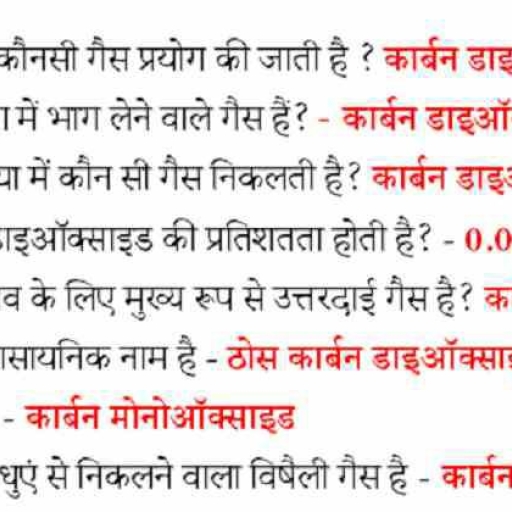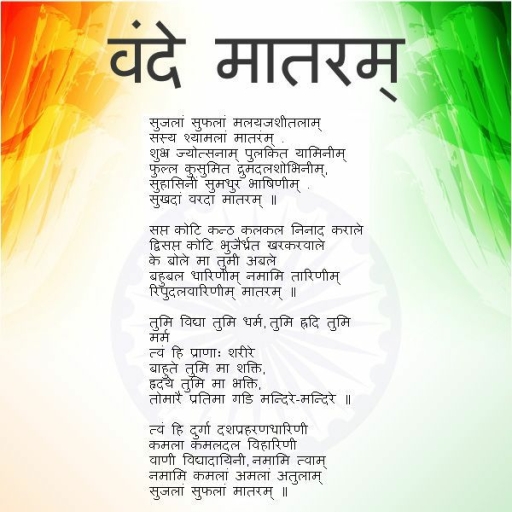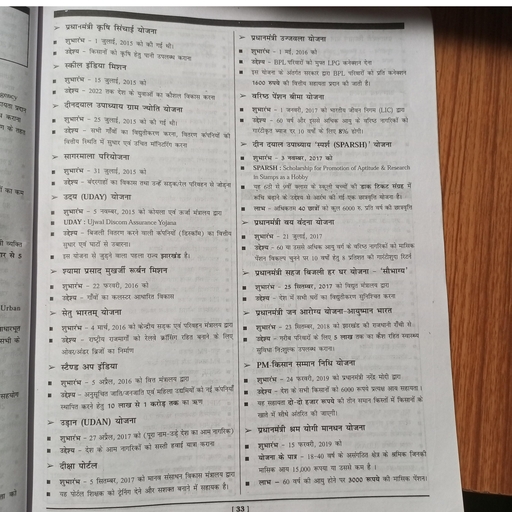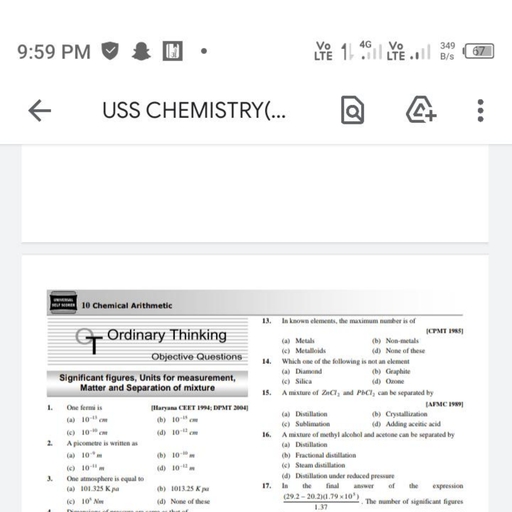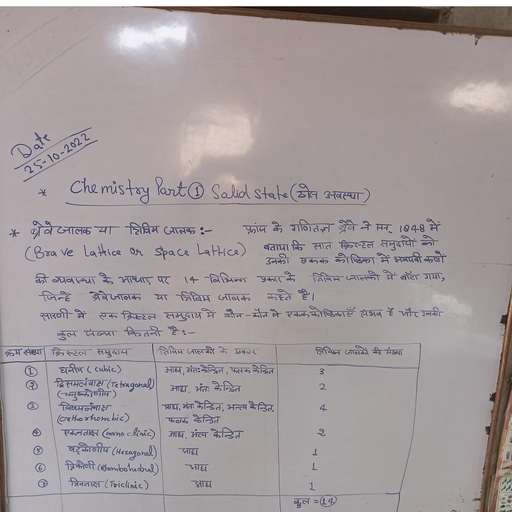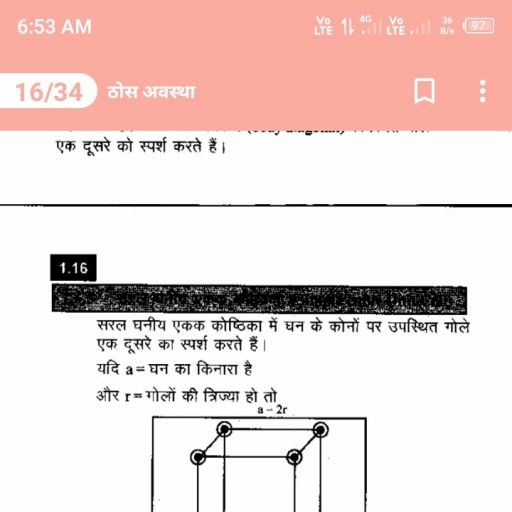Question 2 :
The thrust developed by a rocket-motor is given by {tex} \mathrm { F } = \mathrm { mv } + \mathrm { A } \left( \mathrm { P } _ { 1 } - \mathrm { P } _ { 2 } \right) {/tex} where {tex} \mathrm { m } {/tex} is the mass of the gas ejected per unit time, {tex}\mathrm v{/tex} is velocity of the gas, {tex} \mathrm { A } {/tex} is area of cross-section of the nozzle, {tex} \mathrm { P } _ { 1 } {/tex} and {tex} \mathrm { P } _ { 2 } {/tex} are the pressures of the exhaust gas and surrounding atmosphere. The formula is dimensionally
Question 3 :
{tex} \mathrm { E } , \mathrm { m } , \mathrm { J } {/tex} and {tex} \mathrm { G } {/tex} denote energy, mass, angular momentum and gravitational constant respectively, then the unit of {tex} \frac { \mathrm { E } \mathrm { J } ^ { 2 } } { \mathrm { m } ^ { 5 } \mathrm { G } ^ { 2 } } {/tex} is
Question 6 :
If the dimensions of a physical quantity are given by {tex} \mathrm { M } ^ { \mathrm { a } } \mathrm { L } ^ { \mathrm { b } } \mathrm { T } ^ { \mathrm { c } } , {/tex} then the physical quantity will be
Question 7 :
A quantity {tex} X {/tex} is given by {tex} \varepsilon _ { 0 } L \frac { \Delta V } { \Delta t } {/tex} where {tex} \epsilon _ { 0 } {/tex} is the permittivity of the free space, {tex} L {/tex} is a length, {tex} \Delta V {/tex} is a potential difference and {tex} \Delta t {/tex} is a time interval. The dimensional formula for {tex} X {/tex} is the same as that of
Question 8 :
If {tex} Z = A ^ { 4 } B ^ { 1 / 3 } / C D ^ { 3 / 2 } , {/tex} than relative error in {tex} Z . \frac { \Delta Z } { Z } {/tex} is equal to
Question 9 :
Two masses {tex} \mathrm { M } _ { \mathrm { A } } {/tex} and {tex} \mathrm { M } _ { \mathrm { B } } \left( \mathrm { M } _ { \mathrm { A } } < \mathrm { M } _ { \mathrm { B } } \right) {/tex} are weighed using same weighing machine. Absolute error and relative error in two measurement are (Assume only systematic errors are nvolved)
Question 11 :
In an atom for the electron to revolve around the nucleus, the necessary centripetal force is obtained from the following force exerted by the nucleus on the electron
Question 12 :
An aeroplane flying horizontally with a speed of <img style='object-fit:contain' src="https://storage.googleapis.com/teachmint/question_assets/NEET/5e9801334e70da2c08cb3d53"> releases a bomb at a height of 490 m from the ground. When will the bomb strike the ground?
Question 13 :
A particle is moving in a circle of radius <img style='object-fit:contain' src="https://storage.googleapis.com/teachmint/question_assets/NEET/5e97fedb4e70da2c08cb2db1"> with constant speed <img style='object-fit:contain' src="https://storage.googleapis.com/teachmint/question_assets/NEET/5e97fefccf5ae23387f28fac"> , if radius is double then its centripetal force to keep the same speed should be
Question 14 :
A mass of 100 g is tied to one end of string 2 m long. The body is revolving in a horizontal circle making a maximum of 200 revolutions/min. The other end of the string is fixed at the centre of the circle of revolution. The maximum tension that the string can bear is approximately
Question 16 :
The resultant of two vectors {tex} \vec { P } {/tex} and {tex} \vec { Q } {/tex} makes angles {tex} 30 ^ { \circ } {/tex} and {tex} 60 ^ { \circ } {/tex} with {tex} \vec { P } {/tex} and {tex} \vec { Q } {/tex}, respectively. The magnitude of the resultant is 40 units. The magnitudes of {tex} \vec { P } {/tex} and {tex} \vec { Q } {/tex} are, respectively.
Question 17 :
The equation of trajectory of projectile is given by {tex} \mathrm { y } = \frac { \mathrm { x } } { \sqrt { 3 } } - \frac { \mathrm { gx } ^ { 2 } } { 20 } , {/tex} where {tex} \mathrm { x } {/tex} and y are in metre. The maximum range of the projectile is
Question 18 :
A stone is just released from the window of a train moving along a horizontal straight track. The stone will hit the ground following
Question 19 :
The length of second's hand in a watch is {tex} 1 \mathrm { cm } . {/tex} The change in velocity of its tip in {tex}15 {/tex}seconds is:
Question 20 :
The speed limit of a car over a roadways bridge in the form of a vertical arc is <img style='object-fit:contain' src="https://storage.googleapis.com/teachmint/question_assets/NEET/5e97fee74e70da2c08cb2df3"> . The diameter of the arc is
Question 21 :
A person is standing in an elevator. In which situation he finds his weight less:-
Question 23 :
It is easier to roll a barrel than pull it along the road. This statement is
Question 25 :
Which of the following is correct, when a person walks on a rough surface
Question 26 :
Match the following<br/><table class="wysiwyg-table"><tbody><tr><td></td><td>List I</td><td></td><td>List II</td></tr><tr><td>1</td><td>Streamlined body structure</td><td>a</td><td>Less no. of irregularities</td></tr><tr><td>2</td><td>Pressing two objects harder against each other</td><td>b</td><td>Lubricant</td></tr><tr><td>3</td><td>Grease</td><td>c</td><td>Increase friction</td></tr><tr><td>4</td><td>Smooth surface</td><td>d</td><td>Decrease friction</td></tr></tbody></table>
Question 27 :
A body is imparted motion from rest to move in a straight line. If it is then obstructed by an opposite force, then
Question 28 :
In the figure acceleration of bodies {tex} A , B {/tex} and {tex} C {/tex} are shown with directions. Values {tex} b {/tex} and {tex} c {/tex} are w.r.t. ground whereas {tex} a {/tex} is acceleration of block {tex} A {/tex} w.r.t. wedge {tex} C . {/tex}<br>Acceleration of block {tex} A {/tex} w.r.t. ground is<br><img style='object-fit:contain' src="https://storage.googleapis.com/teachmint/question_assets/NEET/5e101e0b4faa335027dc7b18">









